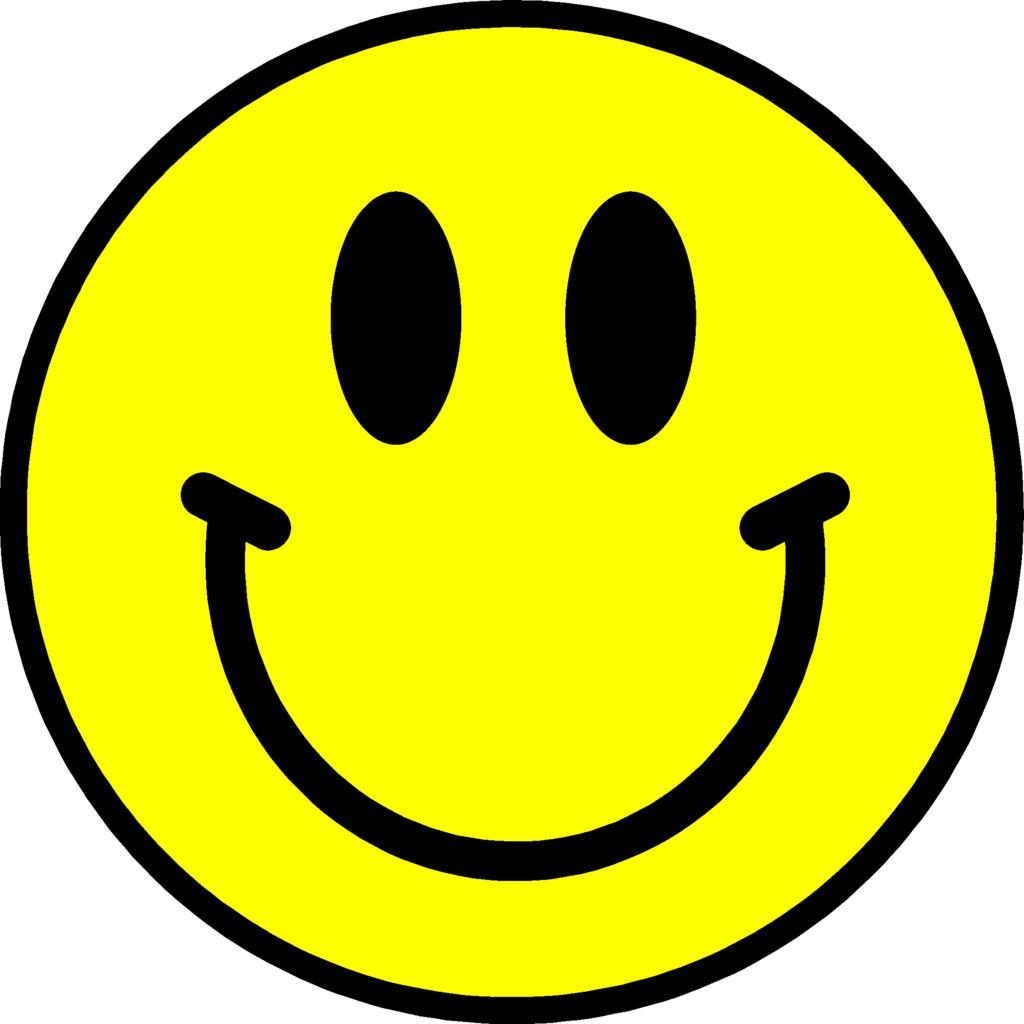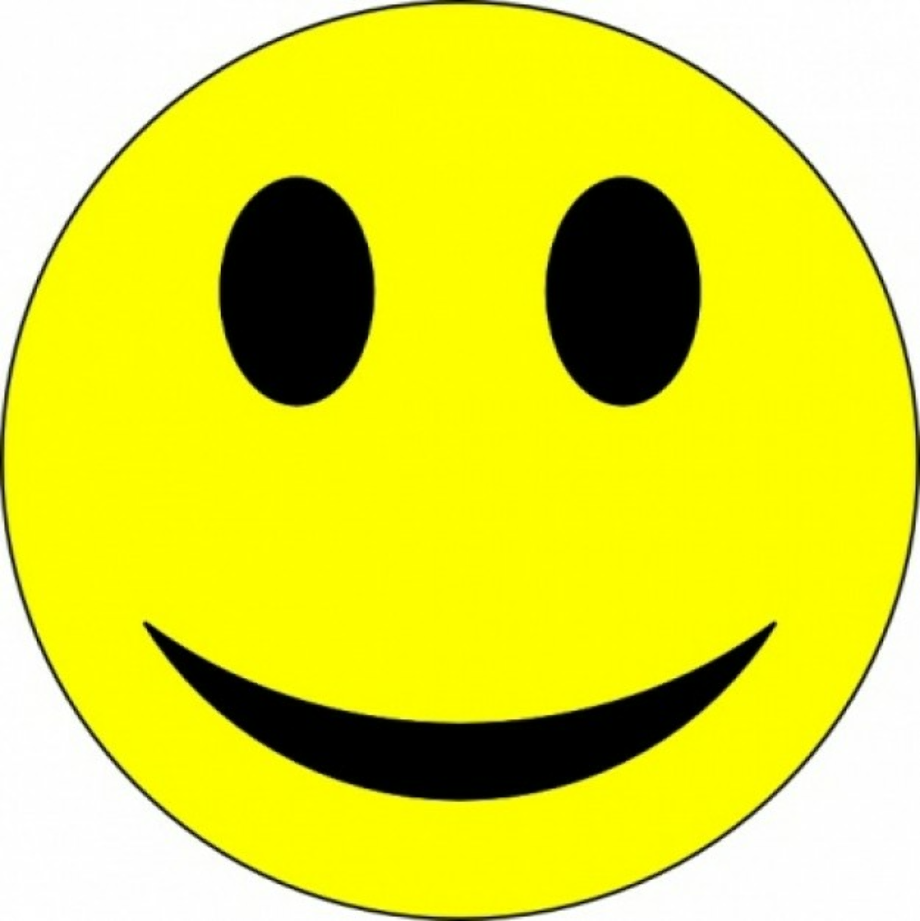

In addition, they displayed response biases in these confusions: They frequently misinterpreted disgust as anger, fear as surprise, and sadness as neutral, whereas the opposite confusions were less frequent. As predicted, participants frequently confused emotions that share activation of the visible muscles in the upper half of the face. It was not significant for anger and the neutral expression. The impairment was largest for disgust, followed by fear, surprise, sadness, and happiness. In all experiments, facial emotion recognition (FER) was about 20% worse for masked faces than for unmasked ones (68% correct vs.

On half of the 168 trials, the lower part of the face was covered by a face mask. In each experiment, participants had to recognize facial expressions of happiness, sadness, anger, surprise, fear, and disgust, as well as a neutral expression, displayed by male and female actors of the Radboud Faces Database. Three experiments were conducted to determine how strongly the recognition of different facial expressions is impaired by masks, and which emotions are confused with each other.

Their health benefits are undisputable, but covering the lower half of one's face also makes it harder for others to recognize facial expressions of emotions. Face masks are now worn frequently to reduce the spreading of the SARS-CoV-2 virus.


 0 kommentar(er)
0 kommentar(er)
